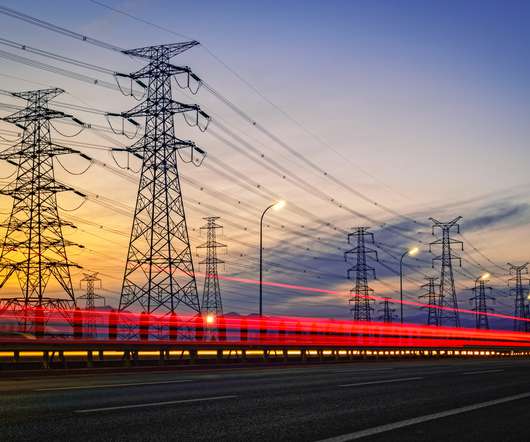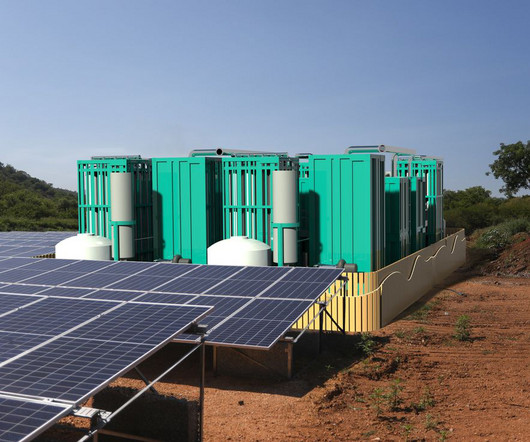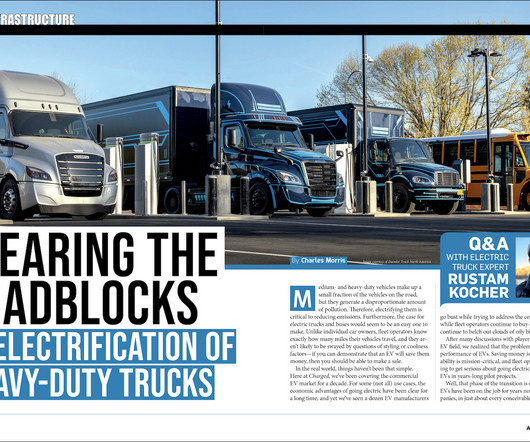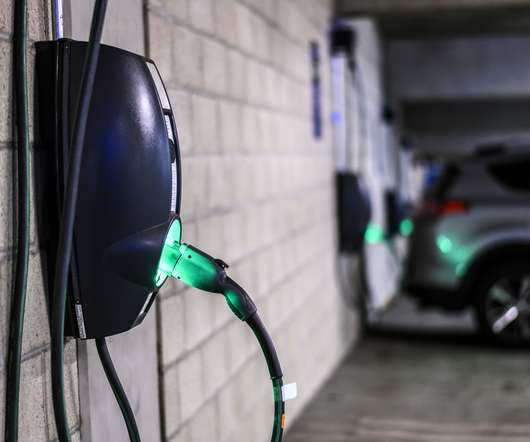A Driver-Centric Approach Is Essential to Broad Vehicle-to-Grid (V2G) Adoption
Driivz
AUGUST 18, 2021
The 2020 International Energy Agency’s Global EV Outlook projects that by 2030, the share of electricity going towards EV charging could rise to as high as 4–10% at peak demand. V2G returns the energy stored in EV batteries to the grid. That is the value behind the purchase of any vehicle, electric or internal combustion.











Let's personalize your content